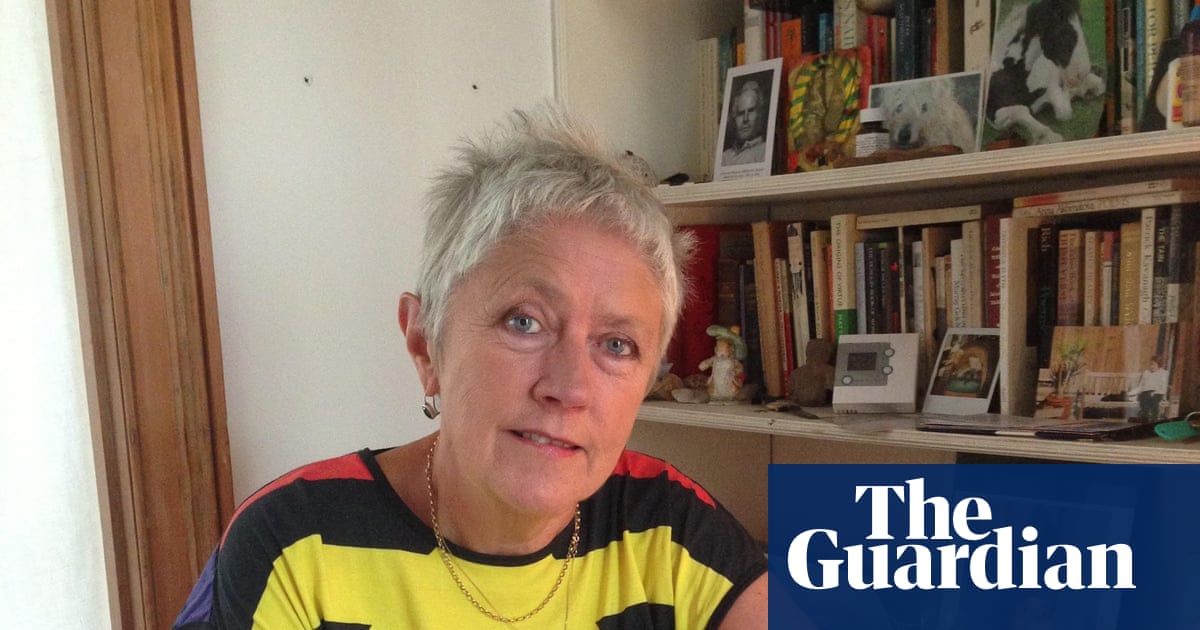Susie Figgis, who has died of cancer aged 77, was one of Britain’s most respected screen casting directors who set young actors such as Greta Scacchi, Cathy Tyson, Jodhi May and Emily Woof on the road to stardom.
Her inspired suggestions to film…

Susie Figgis, who has died of cancer aged 77, was one of Britain’s most respected screen casting directors who set young actors such as Greta Scacchi, Cathy Tyson, Jodhi May and Emily Woof on the road to stardom.
Her inspired suggestions to film…

NEW DELHI: India’s military might stood unmistakably on display in 2025. The year was defined by armed forces’s decisive response to the Pahalgam attack through Operation Sindoor – a signal moment that underlined both resolve and capability.…

When people imagine giant dinosaurs like Diplodocus, dull grey or brown skin often comes to mind. This idea comes from a lack of evidence, not from direct proof. Dinosaur skin rarely survives fossilization, and color fades long before their bones…

Below is ticketing information for our Carabao Cup Semi-Final 1st leg tie against Chelsea at Stamford Bridge on Wednesday, January 14 at 20:00 pm.
We have received an allocation of 4,058 tickets for this fixture, which will be located in the Shed…

YANGON, Myanmar — Voters went to the polls Sunday for the initial phase of Myanmar’s first general election in five years, held under the supervision of its military government while a civil war rages throughout much of the country.
Final…

BANGKOK — Shares in Europe and Asia were mostly lower in thin holiday trading as China staged military exercises near the island of Taiwan.
The prices of gold and silver fell back after recent gains, while oil prices jumped more than $1. U.S. futures were little changed.
Shares in Taiwan were higher even after China’s military said it was conducting the drills around the self-governed island that Beijing claims as its territory.
In early European trading, Germany’s DAX slipped 0.2% to 24,296.81, while the CAC 40 in Paris was nearly unchanged at 8,100.83. Britain’s FTSE 100 likewise barely budged, at 9,874.80.
The future for the S&P 500 fell 0.2% while that for the Dow Jones Industrial Average was flat.
China said its combined forces drills were intended to warn against what it called separatist and “external interference” forces. Taiwan placed its military on alert and called the Beijing government “the biggest destroyer of peace.”
The drills came after Beijing expressed anger at U.S. arms sales to the territory. That followed a comment by Japanese Prime Minister Sanae Takaichi that Japan’s defense forces could get involved if China were to take action against Taiwan. The Chinese statement did not mention the United States and Japan.
Taiwan’s benchmark Taiex gained 0.9%, but the Hang Seng in Hong Kong gave up early gains, falling 0.7% to 25,635.23. The Shanghai Composite index was virtually unchanged at 3,965.28.
Tokyo’s Nikkei 225 slipped 0.4% to 50,526.92.
In South Korea, the Kospi jumped 2.2% to 4,220.56, less than 2 points off its all-time record reached in early November. A 6.8% jump for SK Hynix due to a regulatory change that lifted an investment warning for its stock helped boost the benchmark. Samsung Electronics advanced 2.1%.
Australia’s S&P/ASX 200 gave up 0.4% to 8,725.70.
The price of gold fell 1.3% to $4,494 per troy ounce, while silver slipped 2.3% to $75.40. It has jumped to record levels on supply constraints, as both precious metals have been favored by investors seeking safe havens outside of stocks and bonds.
Earlier surges in gold prices also partly reflected worries during the U.S. government shutdown. Expectations that the U.S. Federal Reserve will cut interest rates further in the new year, weakening the dollar against other currencies, have further fueled buying of gold.
Silver, which like gold is used in many industries, has been influenced by other factors, too. China, which refines about two-thirds of global supplies, has scrapped an export quota system, replacing it with an export licensing system effective Jan. 1.
“Scarcity is no longer theoretical,” Stephen Innes of SPI Asset Management said in a report. “China sits at the center of global silver refining, and when the world’s top refiner starts tightening the valve, downstream users feel it immediately.”
Reopening Friday from the Christmas holiday, the S&P 500 index fell less than 0.1% and the Dow Jones Industrial Average also fell less than 0.1%. The Nasdaq composite fell 0.1%.
With three trading days left in 2025, the S&P 500 has climbed nearly 18% this year, helped by the deregulatory policies of the Trump administration and investor optimism about the future of artificial intelligence.
Trading has been light, with institutional investors largely closed out for the year.
In other dealings early Monday, U.S. benchmark crude oil gained $1.13 to $57.87 per barrel, while Brent crude, the international standard, advanced $1.13 to $61.37 per barrel. On Friday, U.S. crude oil fell 2.8% and Brent crude fell 2.6%.
The U.S. dollar fell to 156.30 Japanese yen from 156.56 yen. The euro rose to $1.1779 from $1.1770.

Pakistan all-rounder Faheem Ashraf dismantled the Chattogram Royals batting lineup in the Bangladesh Premier League (BPL) 2026 as Rangpur Riders scored a dominating victory over Chattogram Royals at the Sylhet International Cricket…

The ultimate fashion flex used to be wearing a fresh-off-the-runway look. That’s not to say that those moments don’t still thrill us (please see: Ayo Edebiri in Chanel, Greta Lee in Dior, Emily Ratajkowski in Jean Paul Gaultier, etc.), but in…

A two-day 17th Mir Punjabi Mela was held at the Punjab Institute of Language, Art and Culture (PILAC) to commemorate the renowned Punjabi poet and intellectual Professor Ali Arshad Mir. The event brought together writers, poets, artists,…